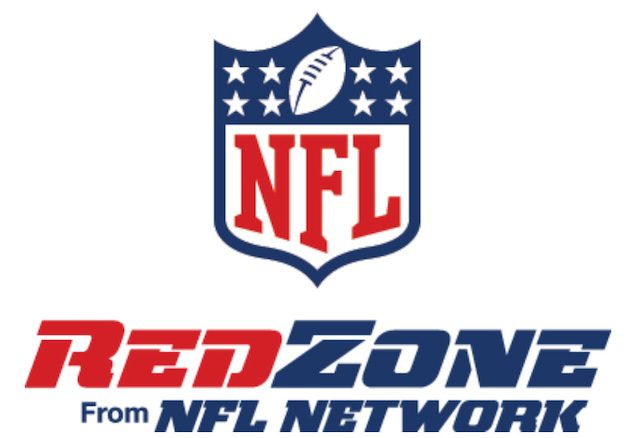
Social media has led to a lot of great creativity and innovation in digital communications and marketing. It truly enables the whole concept of word-of-mouth marketing by giving users easy tools to share with their network, for ideas to spread beyond our own social circles, and for new ways to connect with brands and products we love and, thereby, spread our enthusiasm to others who may not have an affinity to what we know and love. The promise of online word-of-mouth communication is realized everyday across social media platforms like Facebook, Twitter, YouTube and many other sites.
With all that promise it is important, as companies, for us to provide the most effective way to stay fresh with news and information to keep fans, followers, subscribers, and most importantly, customers efficiently informed. (What you need to know to create an online content calendar).
Many companies went through an organic growth phase with social media where there was a broader brand strategy lacking as several parts of the organization created social destinations that were duplicative or divided customer segments in erroneous ways. We at AT&T had some of this organic growth happen over the past several years as we made a serious investment in social media efforts.
Let’s review the 500-million user gorilla in the room: Facebook. We had several fan pages that were developed for short-term marketing efforts, focused on a single segment of our customers, and some duplicative brand fan pages. We knew we wanted a more focused and more effective presence on Facebook and worked to consolidate efforts over the past year.
Consolidating a brand presence on a social platform does many things, it makes search easier for the user who is trying to find an “official” brand page, it also simplifies management on a platform, and best of all it gets different departments inside an organization to work more closely together.
It also has some major benefits for word of mouth. Take for instance, ads in Facebook. Nielsen ran a study last year showing social context ads—which included people in your community showing up within the ad unit as liking the brand—performed 400% better for purchase intent than ads without social context. Brands with a more focused presence on Facebook will have less dispersion of their fan base, since they will grow their fans in fewer fan pages and will therefore build a larger fan community that will improve the likelihood of people showing up in social context ad units.

Another benefit of a more consolidated Facebook presence is improving the chance of your brand’s wall posts on Facebook showing up in news feeds. Some people do not realize that their fans don’t see all of the posts a brand does. For example, we have 1.4 million fans on AT&T’s Facebook page and our average impressions for a wall post is 400,000. Of course, impressions are not people so the number of people seeing the post is some factor less than the impression number.
Having more fans will create more opportunities for content showing up in people’s news feeds. How? Let’s say person X is a fan of AT&T on Facebook, but her friend person Y is not. When person X posts a comment or post on our page, that engagement will never show up on person Y’s news feed. If, however, person Y becomes a fan of AT&T her friend person X’s engagements will show up on person Y’s news feeds. The two friends have to be fans of the brand to see the engagement and hence increase engagement and hopefully positive word of mouth. If your brand is splintered into several fan pages then you are decreasing the chance of person X and Y being fans of the same fan page.
The examples here are only for Facebook and present an initial understanding of how a more focused presence on Facebook is beneficial to help spread conversation about brand experiences in social media. I truly believe less is more when it comes to a brand’s destinations on social media sites, because it will cause your organization to put more thought into when a new presence should be established, it will focus your fan building efforts to a common destination, and it will improve overall reach and spreading of quality content.
Christopher Baccus is executive director of digital and social media for AT&T.
 Network
Network

